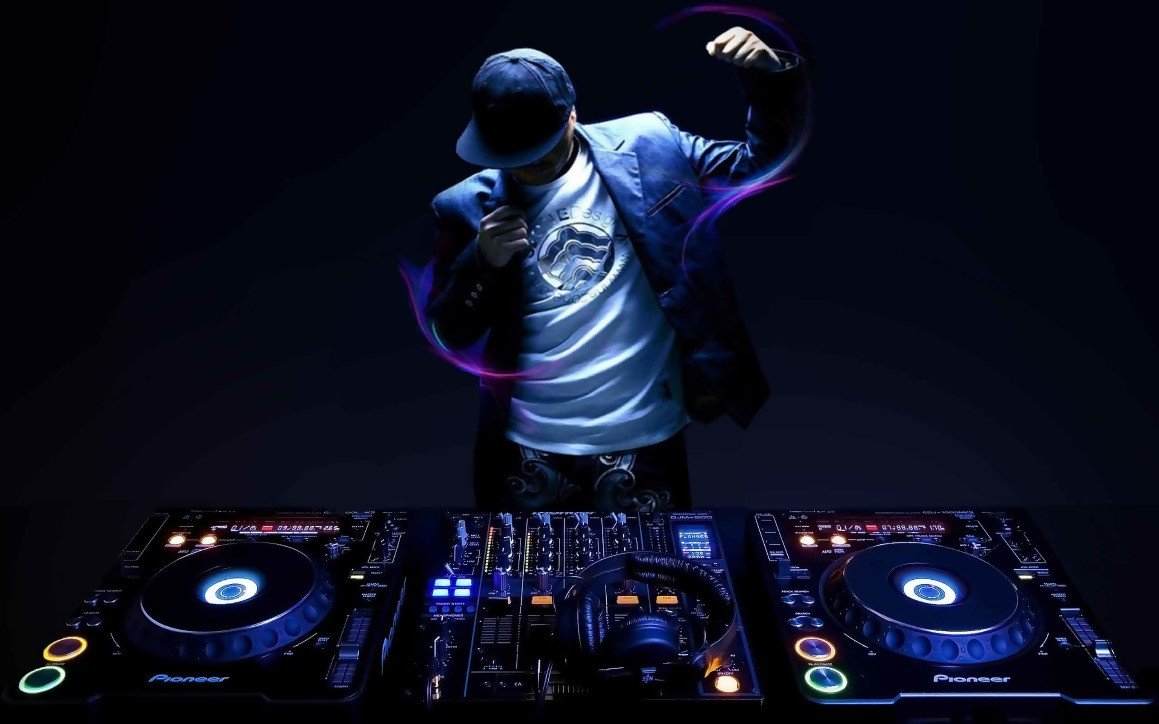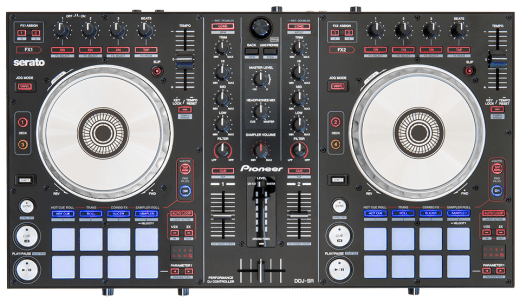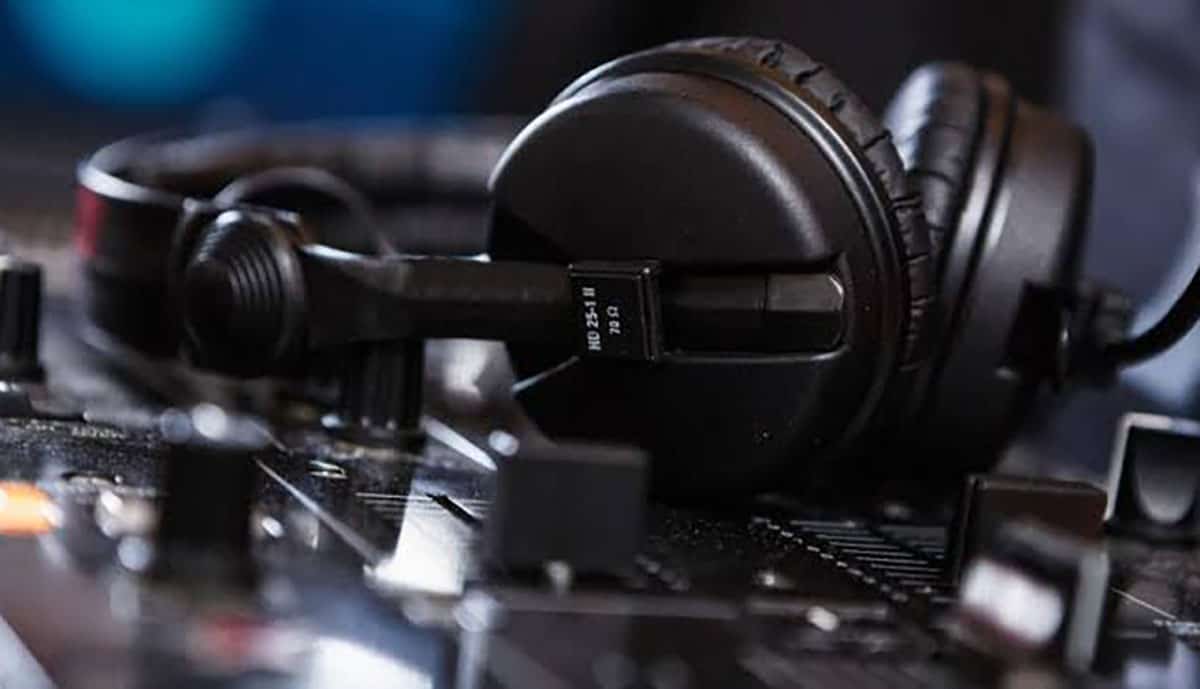Disclosure: This post contains affiliate links, which means we may earn a commission if you purchase through our links at no extra cost to you.
The rising tradition of electronic dance music more casually called EDM, other forms of techno music, and other genres have found different types of equipment and musical instruments which make them so much livelier.
The rapidly evolving technology musical devices and types of equipment are getting more and more entertaining.
The newer DJ controllers are helping the musicians and DJs have allowed these individuals to attain greater heights and find new revelations in their tunes.
Talented DJs can rock any audience with a good computer system, a chill attitude, and a concise DJ controller.
A DJ controller can be considered as an all in one package. The components present are:
- Transport controls for the decks
- Volume controls
- Equalizers[EQ]
- Speed controls
They are digital equipment any regular DJ can surpass the traditional tune mixings with a single instrument and a computer.
Previously the controller came as a compilation of a DJ mixer and a good old turntable.
After a connection is established between a computer and the controller the musical track is automatically transmitted to the job wheel and the controller then starts mixing the audio file.
A DJ mixer, on the other hand, is a mixing device that takes in inputs from the deck of records, CDs or any other external sound cards.
These devices are as very valuable and expertly crafted as any individual in the music industry would confirm. The line of difference between a controller and a mixer is a thin one.
The slightly blurred distinguishing factors are that a controller is a stand-alone unit. It allows the control of the musical track.
Controls such as the start and stop, pitch and tempo and many other features. These features are designed to provide scratch, cue, and playback to the track.
In addition to this their volume and level control for the source, quite similar to what a mixer will do.
The mixer, on the other hand, will help the individual to blend numerous audio sources into a cohesive one. a controller can achieve this too, as it has its own built for playback tools so there is no need for any more turntables and players.
It can get confusing for any amateur trying to understand the workings of a DJ controller. However, to conclude things with brevity. DJ controllers are an easy setup.
A new device for a trying generation who are more enthusiastic than traditional moles. This equipment boosts your confidence in terms of better musical skills for the DJ crew.
The parties and every audience in it can now experience a transcending environment with better liveliness.
Mixing tracks to make them even more unique and captivating to your list of musical pieces is now very easy with the help of the new generation of DJ controllers.
After we have understood the theatrics of these beasty devices. Let us discuss mechanics and how to work them.
Table of Contents
The mechanical aspect of a DJ controller
DJ controllers happen to be one of those pieces of musical devices that have been evolving rapidly ever since their launch in the year 2004.
The earliest controllers came with a soundcard supporting six channels with two ports namely MIDI and SDIF.
They also had controls in the form of CD styled buttons, the traditional mixer cum style faders, equalizers, crossfaders, and the jogging wheels.
But the truly elaborate DJ controller for DJing came out later in 2007. This device could imitate a DJ mixer along with two turntables.
This was a new and dazzling device at the time. After this many changes were introduced. Starting with the integration of the soundcards.
The purpose of this was to be able to control the device’s software without taking the help of a timecode signaling technique.
This was possible because of the technology allowing software manipulation of the controller with the help of HID.
Many brands, later, started to introduce their unique innovation into the manufacturing of the piece, making the entire endeavor even more interesting.
The goal has always been to help the user to have ease of use.
Today, the available devices are even more efficient and strong with the help of new specifications such as performance pads, effects, and LCD screens.
The coveted device carries a small microprocessor inside of it. This microprocessor is responsible for controlling the device’s software without the need to use the computer’s keyboard.
The only limitation is that the controllers lack the ability to mix up sounds and other audio signals.
The controller sends certain frequencies of signals by commanding the computer to help its software to mix up sounds.
The user will need minor extras such as knobs, faders, buttons to access the setting inside the software being used at the same time.
It is crucial to make sure that the controller and the computer are in sync. Once the verification is done you are good to go.
What are the key features and units of a DJ controller?
As I mentioned before, the workings go smoother once you are well versed in the basic aspects of the device in questions.
Let us now understand what the components are inside of a DJ controller and their specific responsibilities:
1. Knobs
There are multiple sets of this unit present on the controller. The initial ones are conveniently called trim or gain.
The work by allowing the user manual setup over different levels of sounds in context with the end output.
Another one is the cueing knob, used to maintain the set of volumes over headphones.
2. Jog Wheels
These are also known as shuttle dials. One of the most closely associated features of a controller. They are used to make the audio more or less speedy.
3. Faders
They are sink which allows the user to control over adding or subtracting the levels of audio signals. They can be both horizontal as well as vertical.
They are very effective for transitioning between tracks. Making sure there is a smooth flow of music that feels synced.
A great DJ knows how to work these units to the best of the advantage.
4. Pads
The pad is developed with a rubber material and quite geometrical shape-wise.
The function is to have options like finger drumming, looping, slicing, layers of decks, chopped up vocals and length adjustments.
4. Buttons
Although the name seems to be very vague, these buttons can pick different channels allowing the user to hear the audio before presenting it to the audience.
A very useful analytic tool indeed.
5. Screens
These are one of the latest integrations of a DJ controller. It is an indicator for identifying the most essential of the parameters and various other audio signals.
6. Ports
Ports are the sockets for the USB and to make audio connections.
It helps to improve and amplify the quality of the sound from the controller in the desired output.
Due to these ports, there is no need to make use of an external player.
Every DJ controller has a unique audio interface. If not, they come with their own set of controllers or external units.
This amplifies and improves the sound coming out of the controller and in the final output. This ensures that the quality of the audio is top-notch.
One of the bewildering queries for users can be the software to be used for their DJ controllers.
Well, most of the controllers in the market come with a compatible software of their own.
Many can work best only on a small piece of software meaning they are very specific.
However, there are a few controllers that allow more flexibility and are compatible with a wide spectrum of software.
There is much competitive software out there today such as the ones from pioneer, Denon, Numark and many more.
This is more of an experiment, as the user should test out as much software as they can to find the one that works best with the controllers they own.
Tricks for connecting your DJ controller to a specific PA system
To connect your controller device to the PA system the most basic need is to have connecting bridges a.k.a cords.
These cords can be of the following types:
1. XLR cords: they are less necessary. They are more commonly used to establish a connection between a controller or a mixer and a microphone.
2. RCA cords: these are the typical type of connection cables. They are connected at the back of the controller into the white and red ports.
3. 1/4” cords: these are the most common types of cables used as connections between the controller and the PA system.
Another note negotiable unit for the setup is the speakers or the PA system.
There are two different types of speakers:
1. Powered Speaker: they come with an inbuilt amplifying system. They need to be connected to a power source to start up and run.
2. Unpowered Speakers: they lack the inbuilt amplifier and as the name suggests they are independent of the current supply.
The usual choice is the powered speakers as they come integrated with their amplifiers, making them more concentrated and simpler to use.
The unpowered ones are better for portability.
Connecting the DJ controller with the PA speaker system which is powered is the more frequently recommended route. The connection of balanced lines gives an excellent noise rejection eliminating any noise interference in the targeted area.
The powered speaker usually has an XLR or TRS jacks. Sometimes there is one or both.
In case the connections are not made right there is a high risk of short circuits, which will damage the expensive equipment in an instant.
For this reason, it is important that the connections are made when both the controller and the speaker are powered off.
Taking the help of a sound engineer in case you are a beginner and can afford the service is a better idea.
A short tutorial in simple steps:
1. With the passive speaker, the connection can be made directly to the amplifier. The different cable is then used to connect the amplifier to the audio interface output.
For powered speakers, it is much simpler as the connection can be made straight to the master audio interface.
2. Then the connection between the controller and the computer is made. This is a simple step; the only criteria are to make sure that the drivers of the computer are up to date along with the latest MIDI maps.
3. With the help of a USB cable, the audio interface and the interface are linked together. Checking the DJ software to ensure that the two components are properly linked together can be done in your computer’s audio settings.
4. After the above step, it will be possible to play the sound with the help of the DJ controller and the software. No sound will be produced from the speakers as it is merely playing inside of the software.
5. The literal step is to now turn the power on your PA speakers. Ensuring the steps are followed in the same manner means that the DJ controller will last longer with no distracting pop-up and feedback pings.
6. For the first time, it is important to check that the sound is set to the maximum. Check for any distortions or audio clipping.
There are other options to check the quality of the audio such as the colored indicator lights.
If there are any distortions even if minor, the entire operation should be terminated as it can damage the entire setup.
Unless the setup is accurate, the output will not be as optimal as the devices are promised to provide. Hence, the user should educate themselves before going ahead with the work. It is easy to damage the equipment with a small mistake.
Moreover, they are considerably expensive and hence not very easy to replace. Taking the help of an engineer or a highly experienced DJ is the best idea.
Conclusion
So, in this post, we have mentioned the most important things about, “what is a PA speaker and Controller”.
And the above-mentioned methods are the most common methods of connecting a DJ controller to a PA speaker system.
You can also take a print out of this post or bookmark this page for future use.
If you are using a different method, don’t forget to share it in the comments section.



